News 4/23/13
A bipartisan group of senators unveils a discussion draft of a bill to create a nationwide electronic system for tracking the distribution of prescription drugs. The proposed measure would require every entity in the prescription drug supply chain to provide electronic transaction information when there is a change of ownership, plus shift the country from a lot-level drug tracing system to a unit-level tracing system.
The US market for EMRs is predicted to reach $20.7 billion in 2013, according to Kalorama Information. That’s a 15 percent increase from 2011 and includes revenues from ambulatory and inpatient EMRs and CPOE systems, and associated costs for implementation, training, support, and consulting.
Meanwhile, EMR adoption by primary care physicians in Canada has doubled from 23 percent in 2006 to 56 percent in 2012. The estimated value of increased adoption by community-based practices: $1.3 billion, based on increased efficiencies and improved patient care.
T-System, a provider of clinical and financial systems for emergency care, will deploy NextGen PM across its customer base.
Benchmark Systems announces several new clients including St. Louis Allergy Consultants (MO), Abingdon Obstetrics & Gynecology (VA), and James Redington, MD for Benchmark’s PM product, and Neurology Services (VA) for PM and EHR.
Practices that are considering selling out to a hospital because of financial issues or health reform concerns, or because of IT integration worries may have other options according to several practice management consultants. Some alternate hospital alignment models include:
- Limited alignment, including managed care networks, call coverage stipends, and medical directorships
- Moderate alignment, such as MSOs to provide IT or billing services; provider equity options; and, clinical co-management
- Full alignment, with physicians acting as self-employed, independent contractors and/or practices serving as hospital subsidiaries.
Coming soon: the first-ever HIStalk Webinar, Vendor Software Training: What Providers Should Demand, offered May 14 from 1:00 to 1:45 PM EDT and presented by Health Technology Training Solutions. Mr. H mentioned the Webinar in a recent HIStalk post but it’s such big news that I felt the need to give it an additional shout-out here. Hope you can join us.



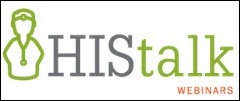


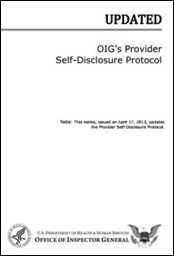
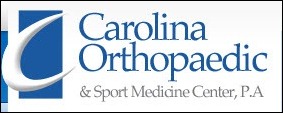
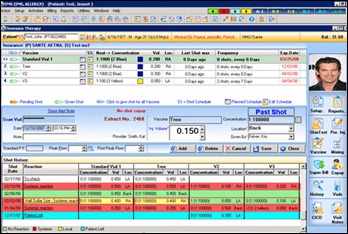
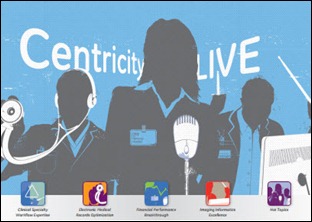

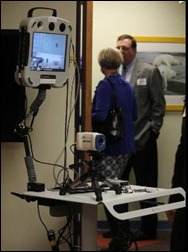

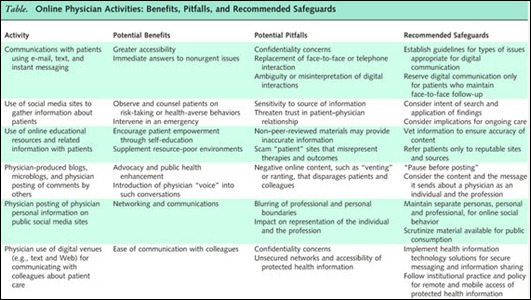
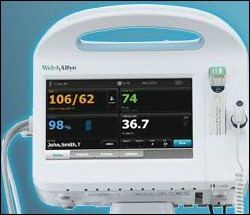

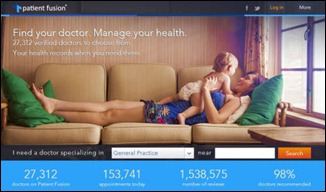
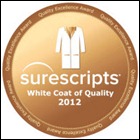

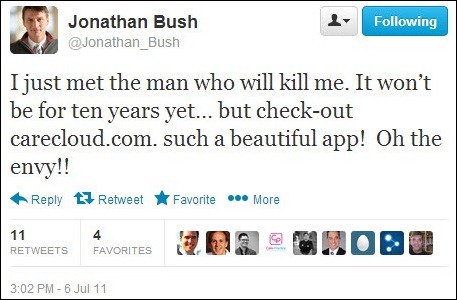
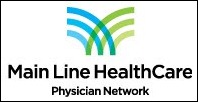






The article about Pediatric Associates in CA has a nugget with a potentially outsized impact: the implication that VFC vaccines…